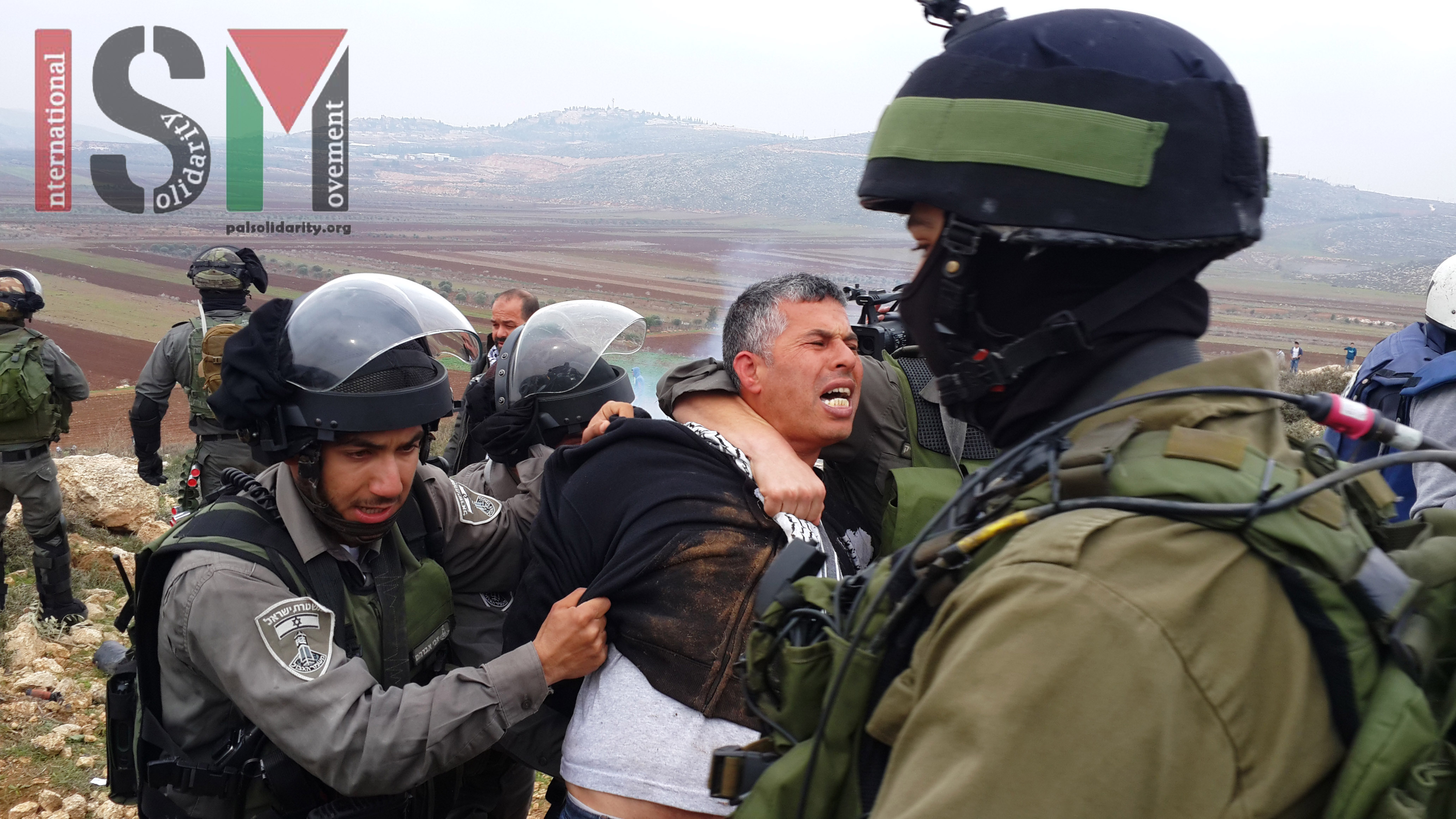Tag: Tear Gas
-
UPDATED: Palestinians continue the struggle against the Adei Ad outpost
20th December 2014 | International Solidarity Movement | Turmusaya, Occupied Palestine Update 22 December: Palestinian activists Mohammed Khatib and Jaffar Hamayel, both arrested on December 19 while peacefully demonstrating in Turmusaya, were released today, December 22, on bail of 7500 shekel each. ***** Hundreds of Palestinian children, women, and men gathered at Turmusaya on Friday December…
-
Trial of American activist maimed by Israeli military to begin
5th December 2014 | International Solidarity Movement| Occupied Palestine Tristan Anderson’s civil trial against the Israeli Military will begin on Sunday 7 December at 10:00, Jerusalem District Court. Tristan Anderson was critically injured after being shot in the head with a high velocity tear gas grenade by Israeli Border Police following a protest against the construction…
-
VIDEO: Non-violent protest met with tear gas and stun grenades
29th November 2014 | International Solidarity Movement, Khalil team | Hebron, Occupied Palestine Today in al-Khalil (Hebron) families gathered to stage a peaceful demonstration protesting the continuing closure of the Shuhada checkpoint. The rally consisted of approximately 50 Palestinians, of all ages. The protesters met outside of the closed checkpoint at 1 pm, armed with nothing…



